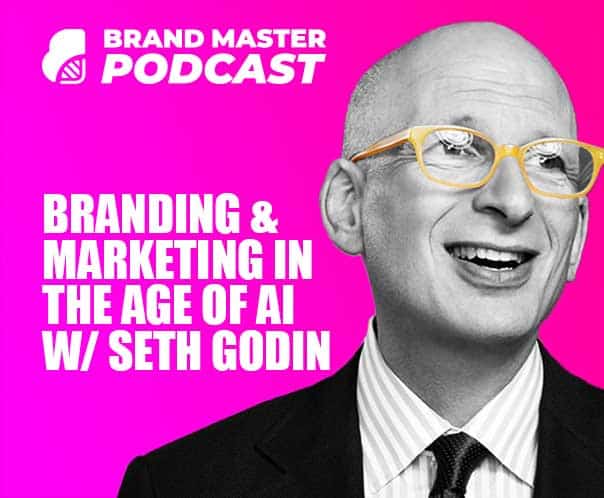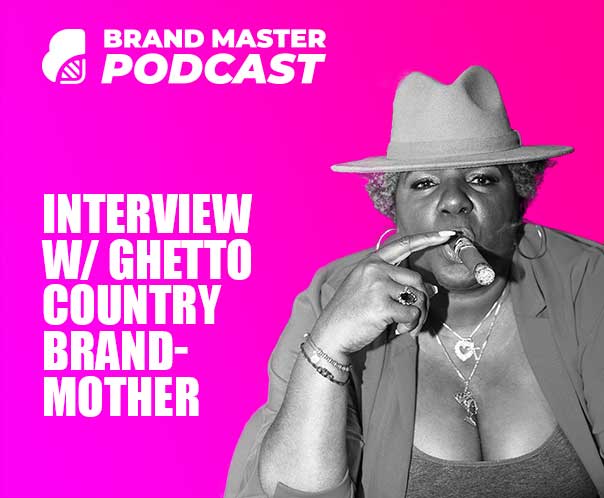Growing a brand is no easy feat.
Just ask any of the vast majority of entrepreneurs who have tried and failed to break into their chosen market with a new product, service or brand.
Any brand that has successfully found its footing in the market, has earned a favourable reputation, otherwise known as brand equity.
This equity provides successful brands with leverage. Some use it to increase their prices while others use it to expand outside of their originally chosen marketplace.
The latter is known as a brand extension strategy.
If you what to learn more about brand extension and how to develop one with top examples of successful brand extensions and brand extension fails, then this article has you covered
What Is Brand Extension?

Put simply, brand extension is a strategy established brands use to push into other markets where they don’t have a pre-existing reputation.
Brand extension is not a solution to an ineffective brand strategy.
Instead, it relies heavily on brand equity to establish authority in a different market.
A brand earns a reputation when an audience comes to expect a certain outcome from them in a specific field. So a brand extension strategy is not without risks.
When done right, brand extension is a powerful strategy for increasing authority, growing the brand, and supercharging the bottom line.
Famous Examples Of Brand Extension

Samsung
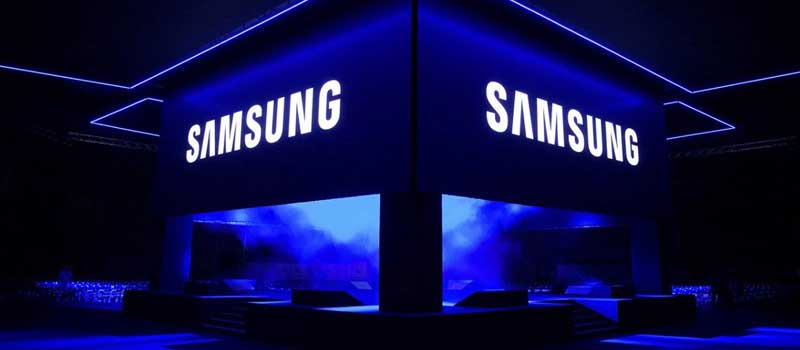
In 1938 in South Korea, long before Samsung became a world-leading brand of smartphones, it was a small grocery store.
From 1938 to the 90s Samsung expanded into a multitude of categories from banking to insurance and finally to technology where it began to produce semiconductors and electronics.
By then, with a focus on technology, Samsung was expanding worldwide. And in the early 2000s, the company’s Galaxy series launched into the smartphone market.
Not only did they have a leading product in the market, but they sold microprocessors to their biggest competitor — Apple’s iPhone. In 2006, Samsung dominated the market for televisions, in 2010, the first tablets were introduced as part of the Galaxy family, and in 2013, smartwatches joined the lineup.
The Samsung expansion is an example of extension by authority and they’ve leveraged that authority by staying relatively focused on their strengths since the 90’s.
Their products belong to different categories, but you’d be hard-pressed to find someone to doubt the quality of any Samsung product from a washer to a smart TV.
Nike
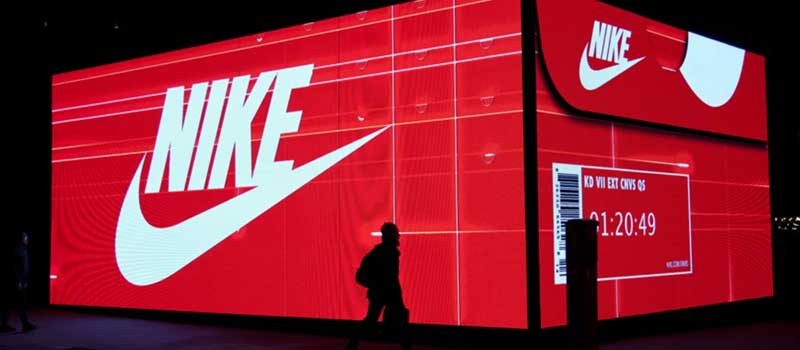
Nike started in 1964 as a sports shoe brand called Blue Ribbon Sports by Phil Knight, a track-and-field amateur.
In the early years, first Blue Ribbon, then Nike focused on producing running shoes though as their reputation grew within the industry they began leveraging the Nike reputation by expanding into different markets with different products.
Since the mid-80s, Nike has relied on strategic partnerships by collaborating with stars like Michael Jordan, Tiger Woods, and Lebron James.
Their limited edition strategy has proven so successful that a pair of Air Jordan’s sold in 2021 for $1.5 million.
From selling running shoes out of the back of a car, Nike now has apparel for over 30 market segments from running to basketball, football, surfing, snowboarding, golf, tennis, and beyond.
Nike product lines have expanded beyond disciplines and since 2017, the brand sells modest clothing for Muslim women.
PRO Brand Strategy BluePrint
Build Brands Like A Pro Brand Strategist
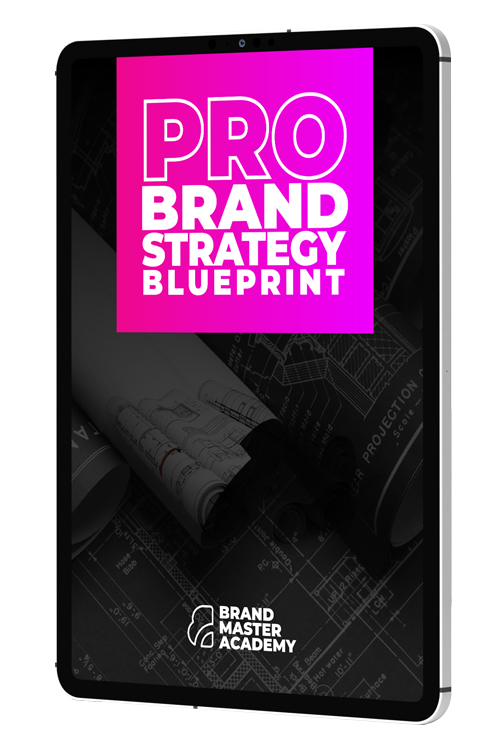
Colgate
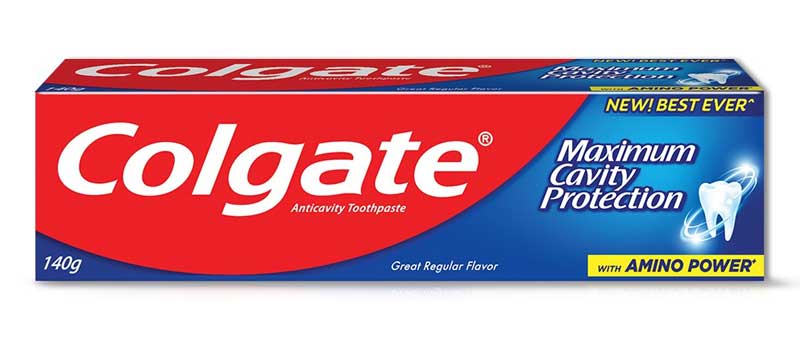
There are two elements to study when it comes to Colgate and brand extension.
On one hand, the brand has successfully dominated the dental care space for years, with the first Colgate toothpaste having launched more than a hundred years ago.
Now, it’s easy to see how a toothpaste brand could easily venture into other hygiene products, which is why they have mouth wash and toothbrushes.
But what happens when a brand tries so hard to extend that they end up confusing an entire market?
In 1986, Colgate launched a new product.
Now you might be thinking they probably expanded into professional dental hardware or other moth or even health-related products.
Nope. Their 1986 master stroke was… beef lasagna.

You don’t need to be a professional brand strategist to guess that the now infamous frozen meal was an utter failure.
It’s also the perfect example of how important it is to stay relevant when it comes to a brand extension.
One of the most crucial aspects of a brand extension strategy is understanding what your audience wants from you.
Explore Brand Strategy
Programs & Tools
Microsoft

Microsoft built a reputation on software development from the beginning.
They led the market for years before Apple came in and swooped into the smartphone space.
Microsoft’s response was a failure. It reacted by introducing its own smartphone iteration, the Windows Phone, but it was already late in a highly competitive environment whereas Apple led the change.
This isn’t the only category where Microsoft has failed to position itself against a competitor.
Despite Windows having 3/4 of the desktop OS market, their search engine, Bing, represents only 7% of the search engine market share compared to Google’s 85%+.
The Benefits Of Brand Extension

#1. Audience Growth

A strong brand extension strategy can open the door to millions of new users.
If we take the Nike example, it’s clear that, had they stuck with running shoes, they could have a loyal audience who’d continue to use their shoes — but each new product category they have launched since has reached new markets they wouldn’t have entered otherwise.
Nike’s brand success story is also a story of their brand extension strategy.
#2. Brand Awareness & Brand Equity Growth

When done right, brand extension can solidify your brand image and turn you into an industry leader.
Apple is a solid example of a successful brand extension strategy that enhanced brand awareness:
At its roots, Apple was a software company selling computers. It had a niche audience for decades before reinventing music players in 2001 and launching the iPhone in 2007.
These product launches became an icon of a generation and 15 years later, there’s a good chance you’re reading this from one of the 1 billion+ Apple devices active around the world.
#3. Facilitates Growth & Further Expansion

A successful brand extension can lead to new product lines for brands as they explore technologies and build upon previous efforts.
It’s also an excellent way to capture a new customer base as the original brand begins to solve a wider range of needs.
The more successful extensions a brand has, the more confidence consumers will have, should that brand extend into their market.

It’s not difficult to see how a brand selling a single product would have a limited market share.
A brand extension strategy that manages to capture the audience’s needs — or create them — and translates them into a great product can be a turning point for brands regardless of their product.
Let’s go back to the Apple example:
While Apple had an established brand name and was financially stable for years, each launch over the past two decades has transformed the market and given Apple a bigger and broader market share, with an estimated 148 billion dollars sold on iPhones alone in 2020
Had Apple decided to stay in their lane, the now Iconic Brand would have been a fraction of its size.
#5. Marketing Strategy Advantage

Building brand from scratch is a lot of work.
It takes years to earn a share of the market, grow a loyal following, and establish a trustworthy reputation.
A brand extension strategy relies on leveraging existing brand equity and brands that boast this advantage can skip much of the heavy lifting.
Without a doubt, it’s a distinct competitive advantage for new brands entering the market.
From a financial standpoint, it’s also cheaper to extend than to launch an entirely new brand since you have the channels and are already a known name within your target market.
However, this also poses a risk:
Companies may feel overly confident in their brand equity and not invest enough in new product launches, which could result in failure.
The Cons Of A Brand Extension Strategy

A lot can go wrong with brand extension.
First, a brand extension isn’t something that will fix existing brand problems or weak brand management to begin with.
Only a solid brand with plenty of equity and a reputation to back it up can successfully pull off an extension.
The biggest risks of brand extension are:
#1. Brand Dilution

Brand dilution occurs when a brand loses focus on its offering to a particular audience.
This is often the result of expanding into a category outside of what they’re known for or launching a product that’s simply irrelevant to what their audience expects from them.
#2. Lost Brand Reputation

No matter how successful a brand is, a failed extension can lead to losing the reputation it once had.
A failed brand expansion is a cue that the management team has lost focus.
It may also suggest other failings within the business or brand.
Whether it’s through investor confidence or the market perception, a failed expansion can damage a brand’s reputation, in some cases, beyond repair.
#3. Damaged Relationships

The biggest risk of brand extension is breaking the relationship with existing customers and causing a feeling of betrayal.
A failed extension can signal that hey, maybe you don’t really understand customers’ needs the way they thought, so why would they trust you to solve their pain?
It can take years to regain your audience’s trust after this disappointment.
The Most Popular Types Of Brand Extension

Line Extension
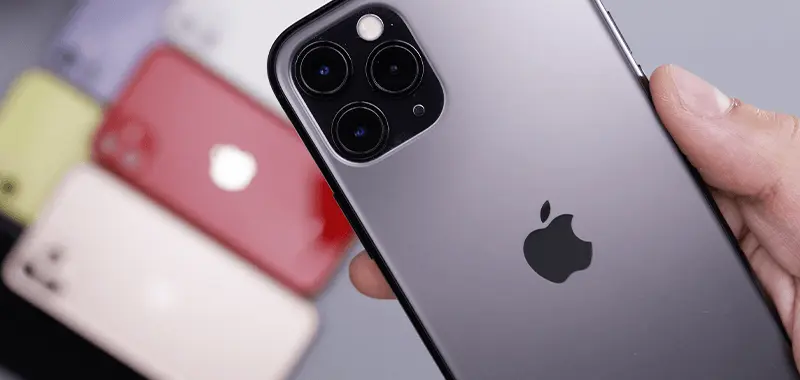
Perhaps the most common type of brand extension, a line extension — or product line extension — is the expansion of an existing product, either by adding features, new versions, or upgrades.
A good example of this is Apple’s iPhone, which has been launching yearly for more than a decade and is one of the most highly anticipated tech events every year.
Complementary Product Extension

Next, the complementary product extension is a strategy where a brand introduces a different product category to its core offering.
In the case of Colgate, it made sense to launch toothbrushes and mouthwash.
Complementary product extension can be an effective way to capture bigger markets over time with a well-thought-out strategy.
On the flip side, pivoting too far from the original product can lead to cases like Colgate’s lasagna — not a good look (or taste I’d imagine).
Company Authority Extension
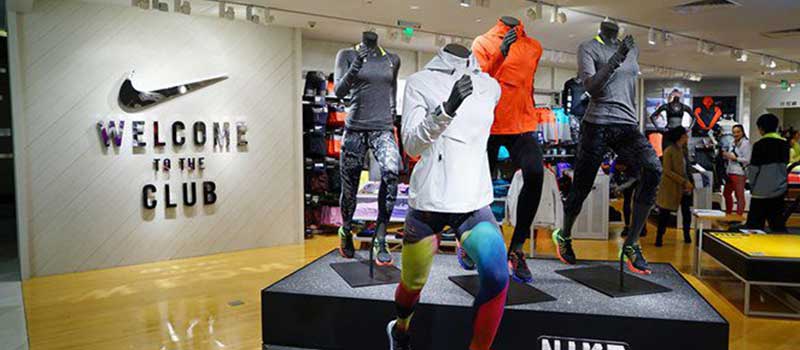
Company authority extension is a brand’s strategy to leverage the existing brand equity to venture into new markets and reach new demographics.
In the case of Nike, they reinvented athletic wear one discipline at a time by developing entire product lines to fit each unique need.
Similarly, Virgin is the parent brand of a range of services from airlines to mobile services and aerospace.
Both are examples of brands that used their pre-existing authority in their established market, to expand into new markets with new customers.
How To Create A Brand Extension Strategy

A brand extension won’t fix existing brand problems or a weak strategy to begin with.
The best time to launch a brand extension strategy is when you have a solid reputation and a loyal audience.
Next, you want to find a space in the market you can expand to without forcing yourself or confusing your audience.
These are the steps I recommend for creating a brand extension strategy:
#1. Analyze Your Brand Equity

Before you consider expanding to a new product or market, you’ll need a clear picture of your brand’s health.
Explore how the market perceives your brand by observing your reviews, interviewing customers, and using social listening tools to learn about what users have to say.
Other key metrics include your traffic (in-store or online), sales growth, and customer acquisition and retention.
#2. Understand Your Audience

At its core, brand extension is an opportunity to grow and expand the brand by offering a new solution to your audience.
So you want to make sure to understand who your audience is and what they want from your brand.
Before setting your eyes on a new space, gauge whether or not this is something that they want.
Get perspective on who your brand exists for and let them act as a compass for strategic direction.
#3. Analyze The Market
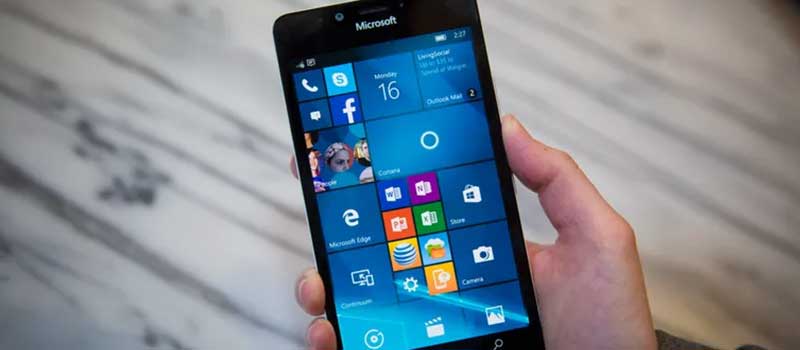
Market research is a crucial element of any brand extension strategy.
Microsoft’s case is a clear example of entering the game too late to win because they hurried to launch a product to compete with Apple without considering what the audience expected from them.
Whatever market you’re looking to enter, you’ll want to do it at the time with the highest chance of success.
Microsoft entered the smartphone game after a product that revolutionized the industry — there was no way to beat Apple.
#4. Set Clear Goals

Once everything lines up and you’ve decided it’s time for a brand extension, you’ll need a clear goal for your strategy.
Are you qualified to fill a space in the market?
Do you have revenue goals you’re not hitting in your current space?
Is your goal to increase brand awareness?
Answering these questions will make it easier to measure success later on.
#5. Start Small

You’ll have a better chance of succeeding by expanding slowly.
Get a taste of the new market by launching a limited line and work your way up rather than launching a product family to discover there’s no product-market fit.
Whether you’re launching a new range of soft drinks or razors, the key is to start with a core product and build as you see the target audience respond positively.
A too-quick expansion can shift the focus too far from the core brand and dilute your efforts.
Over To You
A successful brand extension can generate new business and become the tipping point for a company’s success.
However, it is also one of the most challenging aspects of brand management.
A poorly executed strategy can weaken your original brand and tarnish your company name — both of which could take years to recover.
Once you’ve built a reputation, you need to make sure that whatever you’re expanding into has a relevant link to that reputation.
A successful brand extension strategy feels like a natural next step for the company and the audience alike.
Instead of leaving customers wondering why?, they’re left wondering why not sooner?
On-Demand Digital Program
Brand Master Secrets
Make the transition from hired-gun to highly valued brand strategist in less than 30 days. The systems, frameworks and tools inside this comprehensive program are all you need to level up.





